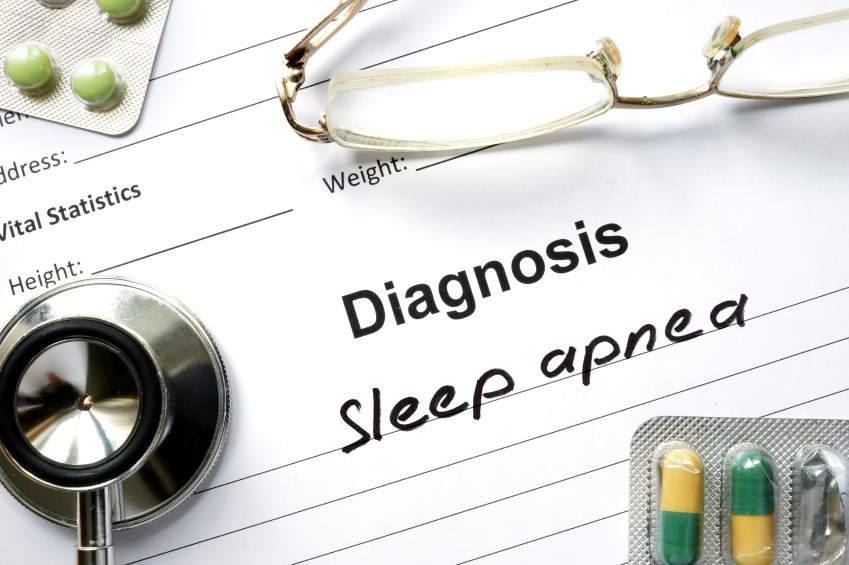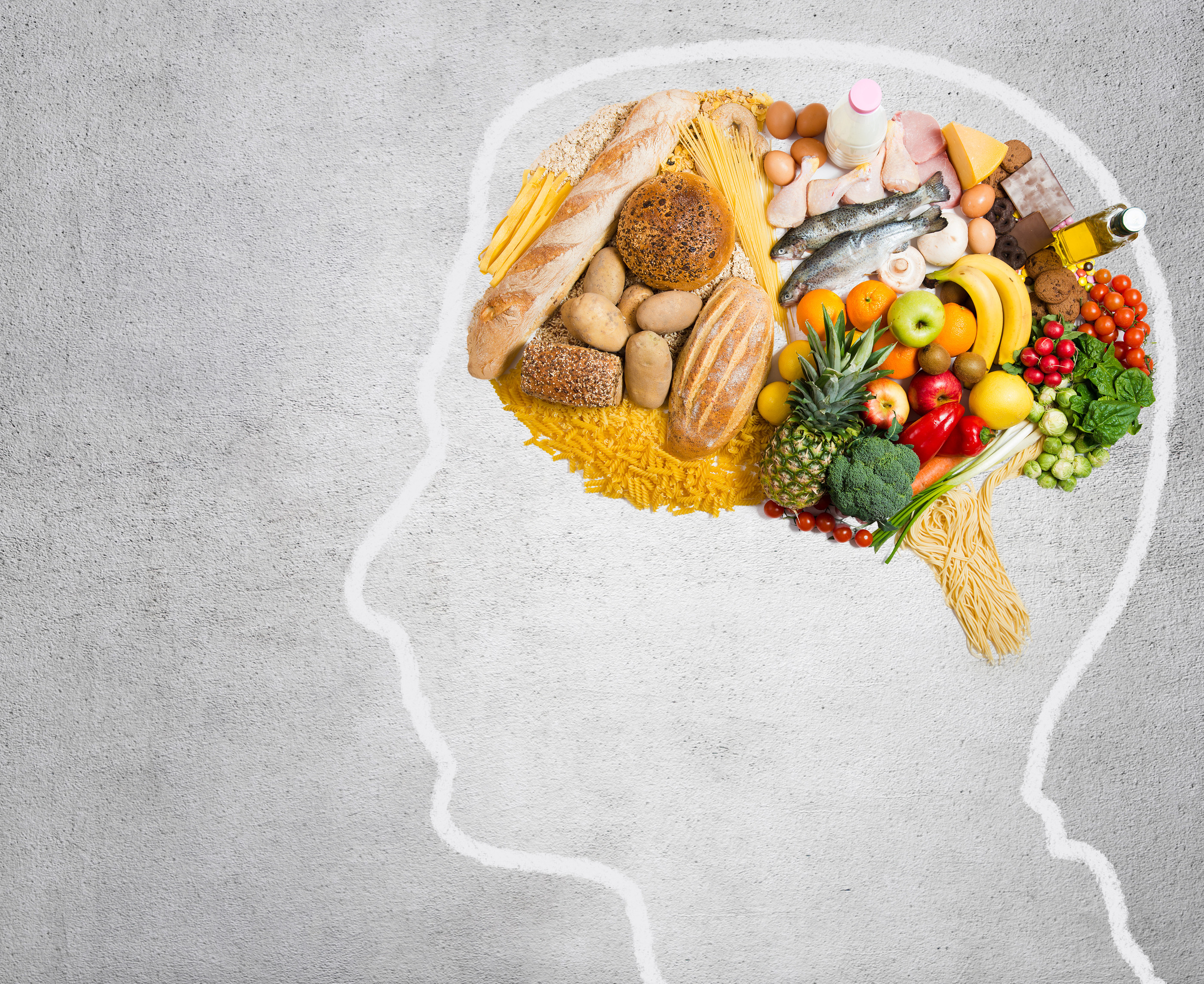
5 timeless habits for better health

What are the symptoms of prostate cancer?

Is your breakfast cereal healthy?

When pain signals an emergency: Symptoms you should never ignore

Does exercise give you energy?

Acupuncture for pain relief: How it works and what to expect

How to avoid jet lag: Tips for staying alert when you travel

Biofeedback therapy: How it works and how it can help relieve pain

Best vitamins and minerals for energy

Should you take probiotics with antibiotics?
Harvard Health Blog
Read posts from experts at Harvard Health Publishing covering a variety of health topics and perspectives on medical news.
Articles
Many babies and toddlers use mobile devices every day
You’ve probably seen parents handing a smartphone or tablet to their young children to entertain them when they need to be quiet or patient. A recent study confirms what you’ve probably suspected: that most children use mobile devices every day. But widespread use of these devices cuts into time that kids could spend interacting with adults, which is crucial for brain development. The next time you’re tempted to hand over the smartphone, try a quick game instead.
Compassionate veteran care: Embracing respect for the individual
The need to support injured soldiers dates back to our country’s earliest days. That mission remains essential today. Those who may be eligible for VA benefits and services — veterans and their family or survivors — make up a quarter of the United States’ population. Individuals seeking care through the Department of Veterans Affairs deserve a thoughtful and compassionate evaluation to not only compensate them for their service, but connect them with the care they need.
Miscarriage: Keep breaking the silence
Many public figures have begun speaking up about their experiences with miscarriage. While it’s wonderful that they’re breaking the silence, a recent survey has revealed that the general public still has a lot of misconceptions about this surprisingly common event. Dr. Hope Ricciotti shares her reactions to the survey results, and her advice to women experiencing miscarriage.
Update on the SPRINT trial: Preliminary results pan out
Formally published results of the SPRINT trial confirm the early conclusions released in September. A target systolic blood pressure (the top number) of 120 mm Hg or less offers real health benefits, including a lower risk for cardiovascular problems and even death. Even if you don’t have high blood pressure, the results are so compelling that everyone should know his or her blood pressure and develop a plan with a primary care physician to achieve and maintain the “ideal” blood pressure for them.
Active surveillance is safe for low-risk prostate cancers
A new study confirms that active surveillance is a safe and reasonable alternative to immediate treatment for prostate cancer. In recently published study that followed 1,300 men, the prostate cancer survival rate after 10-15 years of active surveillance, was 99%. For some men, a strong discomfort with “living with cancer” may steer them away from postponing treatment in favor of careful monitoring.
Active surveillance is safe for low-risk prostate cancers
A new study confirms that active surveillance is a safe and reasonable alternative to immediate treatment for prostate cancer. In recently published study that followed 1,300 men, the prostate cancer survival rate after 10-15 years of active surveillance, was 99%. For some men, a strong discomfort with “living with cancer” may steer them away from postponing treatment in favor of careful monitoring.
Sleeping like a caveman?
Recent news reports of a study of sleep duration in geographically isolated societies in Africa and South America suggest that Americans are actually getting plenty of sleep because members of these tribes spend about the same amount of time asleep each night as people in modern societies. These controversial findings will be debated, but are not relevant to the widespread sleep deficit and associated health consequences in more modern societies.
Is it ADHD—or Autism?
Symptoms of attention deficit hyperactivity disorder (ADHD) and autism can resemble each other. In fact, it can be difficult to tell the two conditions apart, which can lead to delays in the correct diagnosis — and therefore missed opportunities for treatment. If your child is diagnosed with ADHD, ask your pediatrician about testing for autism as well. The earlier a child with autism receives treatment, the better the outcome he or she will have.
Is it hard to decide about total knee replacement? Totally!
If arthritis in your knee means you can’t do everything you want, whether that’s walking the dog or playing a game of tennis, you may be considering a knee replacement. But are the benefits “as advertised”? A study published in The New England Journal of Medicine suggests that they may be, but it’s more important to weigh the risks and benefits with your personal preferences in mind.
Experts say no amount of alcohol is safe during pregnancy
Many women think an occasional drink during pregnancy poses no harm, but a recent report suggests that no amount of alcohol is safe for the developing fetus. Alcohol affects the development of many organs, most notably the brain. While fetal alcohol syndrome, the most severe form of alcohol-induced damage, is unlikely to result from an occasional drink, researchers are finding that smaller amounts of alcohol can still have a negative effect. For that reason, no alcohol at all is safest when you’re pregnant or plan to conceive. If you’d like help cutting back on alcohol, don’t be embarrassed to talk with your doctor about it—she or he can help.
Heads up, parents: New study with important information about the online life of teens
If you’re the parent of a teenager, how much do you know about the online life of your child? Probably not as much as you think you do. A recent study examined the social media lives of eighth graders from across the country. Results revealed unexpected habits, for example, kids spent more time watching and reading what others did online rather than engaging in social media. What’s more, many parents underestimate the negative emotions and problematic behavior teenagers experience as a result of social media and life online.

5 timeless habits for better health

What are the symptoms of prostate cancer?

Is your breakfast cereal healthy?

When pain signals an emergency: Symptoms you should never ignore

Does exercise give you energy?

Acupuncture for pain relief: How it works and what to expect

How to avoid jet lag: Tips for staying alert when you travel

Biofeedback therapy: How it works and how it can help relieve pain

Best vitamins and minerals for energy

Should you take probiotics with antibiotics?
Free Healthbeat Signup
Get the latest in health news delivered to your inbox!
Sign Up

























